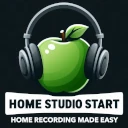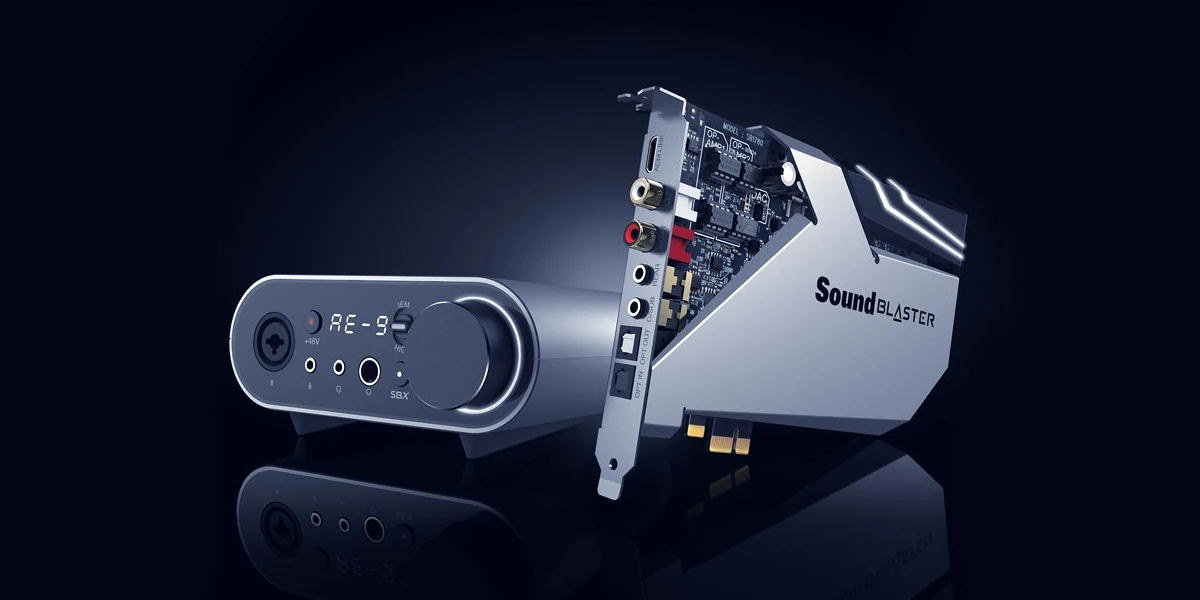Hey there, sound explorers! Have you ever found yourself pondering, with a furrowed brow, over a question that seems to echo through the chambers of every home studio? The question that stirs in every sound creator’s mind: “Can a sound card sway the quality of my microphone recordings?” If you’re nodding along, you’re in the right place, because we’re about to embark on a sonic quest to shed light on this audio enigma.
To the fledgling podcaster, the aspiring music producer, and everyone in between—this revelation is a game-changer in your pursuit of flawless audio output. Navigating the landscape of sound cards and interfaces might seem like a daunting tale of technicalities and jargon. But fear not! We’re gonna break it down, make it fun, and ensure by the end of this read, you’ll have the knowledge to harness the best sound your microphone can deliver.
Be it late-night music sessions, spirited podcast discussions, or simply dropping a new voiceover for your latest YouTube venture, understanding the intricacies of your equipment is key. It’s what separates the clear and crisp from the muddy and mundane. So, grab your headphones, pull up a chair, and let’s tune into the beat of this audio mystery—after all, it’s your sound, and it deserves to be heard in all its glory!
Understanding Sound Cards and Their Impact
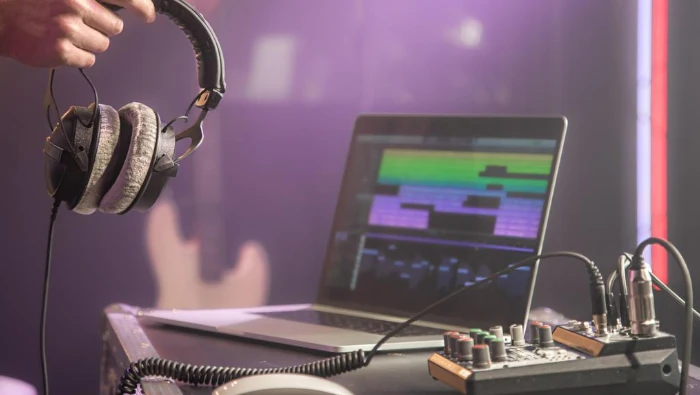
When you’re poised and ready to hit record, the anticipation of capturing pure audio magic is palpable. But before you ride the waveforms, let’s zoom in on a vital player in the game of sound: the sound card. A sound card is like the conductor of an orchestra, guiding every nuance of the music that reaches our ears through microphones and speakers.
Imagine, for a moment, that your microphone is whispering secrets of sound directly into the ear of your sound card. This intimacy is where the magic happens—or falters. The sound card has to be an exceptional listener, translating these analog whispers into the digital realm with grace and precision. This pivotal moment of conversion is orchestrated by the analog-to-digital (A/D) converter, a chip whose ability to accurately interpret and translate sound ultimately determines the quality of your recording.
“But why,” you might ask, “is the A/D converter so essential?” Well, music aficionados, just as a painter needs a fine brush to bring their vision to life, a sound card needs a high-quality A/D converter to ensure the sound captured is a true representation of the original performance. Cheaper converters might be tempted to cut corners, adding their own unintended spin on your sound—artistic license we did not ask for!
Search for Amazing A/D converters
The price tag on sound cards often reflects the caliber of their A/D converters. Those commanding a steeper price are usually equipped with converters that can capture your audio with the fidelity of a finely tuned instrument. So, if you find that the cost of sound cards is sometimes higher than expected, it’s likely because you’re peering into the premium suite of A/D converters—where the sound is not just heard, but felt in all its intended glory.
Now, before you think of this as just a shopping guide, remember that understanding this connection is the first step in the symphony of creating your ideal home studio. Each element—the microphone, the cables, the sound card—plays its note. But with a high-quality sound card as part of your ensemble, you’re well on your way to recording not just music, but emotion and atmosphere—those ineffable qualities that turn a simple recording into an experience.
Let’s keep tuning our studio setups, friends, for the clearer our sound cards can capture the music, the closer we are to touching the heartstrings of our listeners.
Comparing Sound Cards and Audio Interfaces: The Evolution of Audio Tech
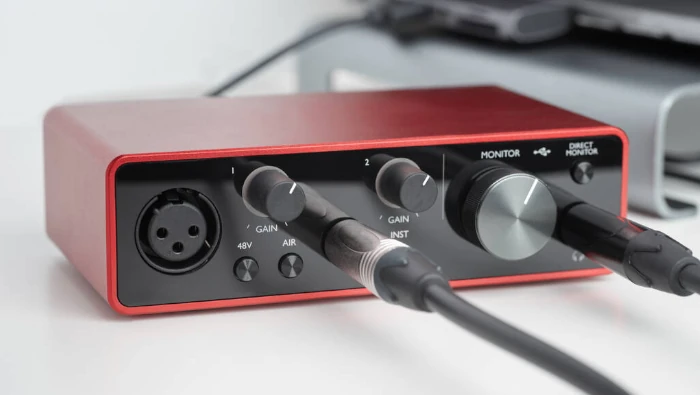
Transition from old school to current trends with me as we delve into the ever-evolving world of audio technology. It’s a tale of transition, from the bulky sound cards of yesteryears to today’s sleek, USB-connected audio interfaces. Why are audio interfaces stealing the spotlight, you may wonder?
Well, my friends, let’s paint a picture together. Consider the sound card like a relic from an ancient digital kingdom, once reigning supreme inside the computer’s PCI slot. This trusty component did its job for the time, converting those sweet analog signals into digital gold. Fast forward to our modern day, and USB audio interfaces have taken the throne, boasting convenience, portability, and noteworthy simplicity.
Far from being a vestige of limitation, USB technology has become a beacon of high-speed digital data transfer. Fret not about losing a speck of sound quality, for these compact devices carry the vigor to manage all transferences flawlessly. Audio interfaces have emerged as a symbol of quality due to their specialized design, catering specifically to the needs of audio recording and production.
It’s Time to Upgrade
What’s particularly exciting is the quality leap you experience when upgrading to a dedicated audio interface. With an unwavering focus on pristine audio capture and playback, these interfaces often include superior A/D converters and preamps, which can make all the difference in how your final track sounds.
Let’s not forget, the allure of these audio interfaces isn’t just about the internal specs. Their external appeal lies in their plug-and-play nature, making them an ideal companion for your home studio or mobile recording setup. The charm is undeniable – plug in, and you’re ready to channel inspiration into your recorder with the click of a button.
So, whether you’re a musician laying down your latest riff, a podcaster sharing stories, or a content creator shaping narratives, the choice is clear. The USB audio interface is your modern-day muse, ensuring your sounds are captured with the clarity and quality they deserve.
Stay tuned, creators of the sonic arts, for the audio interface isn’t merely a trend; it’s the standard bearer of audio fidelity in our digital age.
The Heroes of Sound: A/D Converters Unmasked
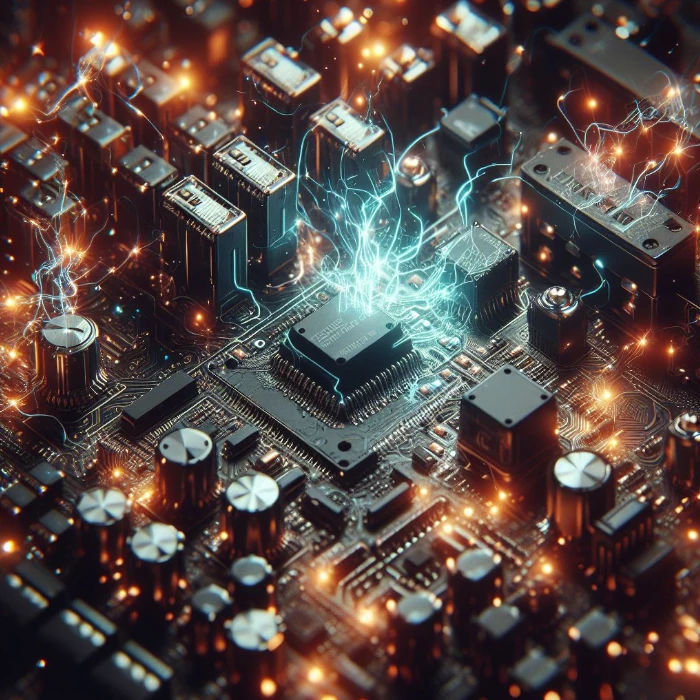
It’s time to shine the spotlight on the real MVPs of sound quality: Analog-to-Digital (A/D) converters. These unsung heroes are tucked away in gadgets you use daily, but their impact on audio fidelity is monumental. Imagine A/D converters as translators, meticulously converting the colorful tapestry of analog signals from your microphone into the precise language of digital data.
Contrary to popular belief, A/D converters aren’t exclusive to the realm of sound cards. They’re the beating heart in a multitude of devices, subtly influencing your audio experience. Your smartphone, for instance, relies heavily on an A/D converter each time you record a voice note or capture video. The device ensures that it preserves your voice or the ambient sounds in the digital world.
USB Microphones vs XLRs
In the domain of music, USB microphones are becoming commonplace, each equipped with their own A/D converter. But here’s a twist: Not all A/D converters are created equal. Those nestled inside a USB microphone might be more cost-effective, but can they stand toe-to-toe with their counterparts in professional audio interfaces? The microphone moguls at Shure suggest otherwise. They’ve let slip on their blog that XLR mics might deliver superior sounds due to higher-quality A/D conversion, free from the constraints of being packaged into a compact USB form factor.
The difference in the quality of A/D converters is stark, aligning closely with their price tags. High-end converters are typically nested within pricier equipment, signifying a direct correlation between your investment and the purity of sound captured. This doesn’t mean you need to break the bank for decent recording quality. It just hints at a simple truth: understanding A/D converters is crucial in chasing the dream of crystal clear audio.
With this newfound wisdom, peer into the complex symphony of your recording devices. Recognize the importance of A/D converters and make informed choices when selecting your sound card or audio interface. Their silent but significant presence in your home studio could be the decider between a recording that’s merely good and one that’s truly great.
In the next section, we’ll navigate through the ocean of technical choices to ensure your recordings resonate with professional clarity. Stay tuned, and let’s keep the harmony going!
Making the Right Choices for Superior Sound
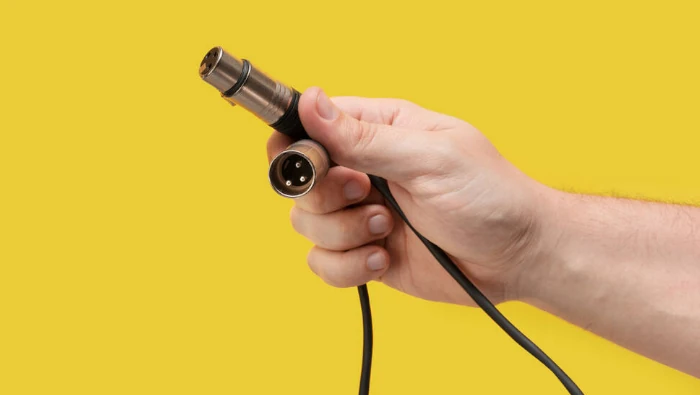
Picture this: your microphone is the artist’s brush, the sound card or audio interface is the canvas, and the recording is the masterpiece you’re longing to create. Just as a painter selects the finest bristles and the sturdiest canvas to bring art to life, in the realm of audio production, the quality of each gear you choose contributes significantly to the sonic portrait you produce.
Let’s conceptualize the microphone as the lens of a camera; it’s your front line in capturing sound, the pivotal element that picks up every nuance of the audio you’re aiming to record. Much like a camera body that matters greatly in photography, your sound card or audio interface processes these sounds, shaping the final outcome. Knowing how these elements work separately and synergistically is key to recording audio that not only meets but exceeds expectations.
For those venturing into their first home studio, it’s important to remember that splurging on high-end equipment isn’t a prerequisite for achieving quality recordings. Some of the most iconic music producers started with humble setups. They squeezed every ounce of potential from their gear before climbing the ladder to more sophisticated technology.
Push it to the Limits
Keeping this in mind, assessing and understanding the thresholds of your equipment becomes pivotal. Identifying the acceptable limit of audio loss is crucial, especially if you’ve opted for budget-friendly options. It’s not uncommon for dynamic microphones to be used effectively in professional settings, striking that balance between cost and quality.
Now, if your recording aspirations lean towards more refined results, consider investing in an audio interface capable of capturing the full dynamic range of your microphone, particularly if it’s equipped with an XLR output. This foresight ensures that no fragment of sound quality is lost in translation from analog to digital. As a vigilant audio producer, your role is to oversee these details diligently, guaranteeing a recording process that’s not only smooth but yields a product that’s technically robust and universally compatible.
Remember, in your sonic sanctuary, each cable, microphone, and interface piece combines to form the chorus of your creation. Paying attention to the harmony they produce together is what elevates your audio from mere noise to a symphony that resonates with clarity and depth.
For Beginners and Pros: Picking What’s Best for You
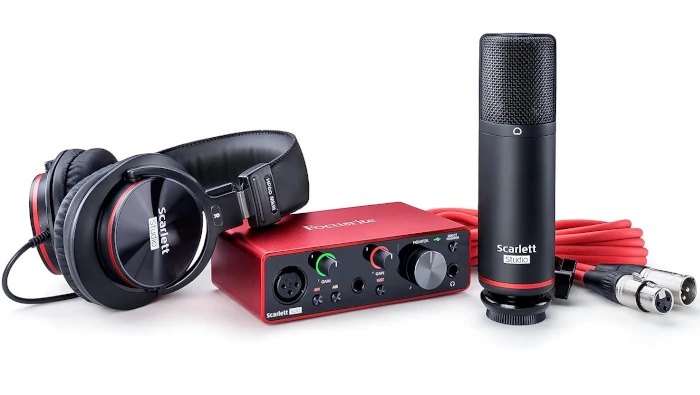
✅ Check Price on Amazon
As an Amazon Associate I earn from qualifying purchases.
Are you starting to dip your toes into the vast ocean of audio production or perhaps looking to refine the kick and snare of your sound? Knowing your needs and goals is the compass that will guide you through the sea of tech choices. Let’s navigate the waters to ensure you pick the gear that sings in tune with your ambitions.
Embarking on Your Audio Journey: For all the beginners out there, take a deep breath—you don’t need to break the bank straight away. Focus on honing your craft. USB microphones and even the basic sound cards can be your best allies, capturing your voice and ideas with enough fidelity for you to learn and grow.
Step-Up for the Hobbyist: Maybe you’re a podcaster or a game streamer? If your voice is your main instrument, clarity is key. Rest easy knowing that there are affordable options that can deliver the crisp sound you need. Most sound cards beyond the bargain bin will have your back, ensuring your audience hears every word loud and clear.
And More…
The Aspiring Professional’s Toolkit: For the audio aficionados looking to rise to the next level—yes, that quality step-up demands some investment. If you have a microphone with an XLR output, it’s time to pair it with an audio interface that sports a compatible XLR input. Protect the integrity of your sound all the way through the recording process, no quality lost, no compromise.
The Seasoned Producer’s Ear: For those who breathe decibels and live for the mix, your trained ear will likely seek excellence. Test, listen, and compare how USB microphones stand up to your expectations. Remember, while gear is important, your expertise in technique and software will often be the true game-changer.
Crafting Your Unique Sound: No matter where you stand on the audio production ladder, remember that your studio is an ever-evolving set-up. It grows as you grow, expands as you expand your skills and knowledge. Today’s budget-friendly microphone may be tomorrow’s vintage sound—embrace the journey.
Go forth, creators! Equip your arsenal with tools that resonate with your current chapter while keeping an eye on the horizon. The world of sound waits for no one, and with the right gear, you’ll be ready to make waves. And who knows? The perfect sound card for you could be just around the corner, ready to lift your audio game to soaring new heights!
Conclusion: Crafting Your Sound with Confidence
And there we have it, the grand finale of our sound exploration! It’s been quite a journey through the intricacies of sound cards, audio interfaces, and the indispensable A/D converters. By now, you should feel armed with the knowledge to make informed decisions about your home studio setup.
But remember, the quest for the perfect sound doesn’t end here. As you grow and your skills sharpen, your ears will become more attuned to the subtleties of audio quality. This is where the joy of creation lives – in the continual pursuit of excellence. So, don’t be afraid to experiment with different setups and equipment. Sometimes the most profound discoveries come from the willingness to play around with your gear.
It’s also critical to trust your instincts and your ears. Pre-testing is your best friend. Whether it involves taking a USB microphone for a trial run or comparing sound cards, your ears will guide you to what satisfies your standards. What sounds good to you will likely resonate with your audience.
Creativity First
As you advance in your audio production journey, keep in mind that your equipment is a tool to serve your creativity. It’s not just about having the best gear; it’s about mastering your craft. The world’s most expensive microphone means little if the person behind it doesn’t understand the art of sound capture.
So take what you’ve learned, stride into your home studio with confidence, and lay the groundwork for high-quality audio that matches your vision. At the end of the day, your passion, dedication, and the love you put into your work will shine through in every recording. Keep pushing the limits, keep learning, and most importantly, keep creating!
I can’t wait to hear what you’ll come up with next. May your recordings be clear, your mixes be rich, and your music always play in tune with your heart’s deepest desires. Here’s to capturing sound that echoes the excellence of your true potential!
